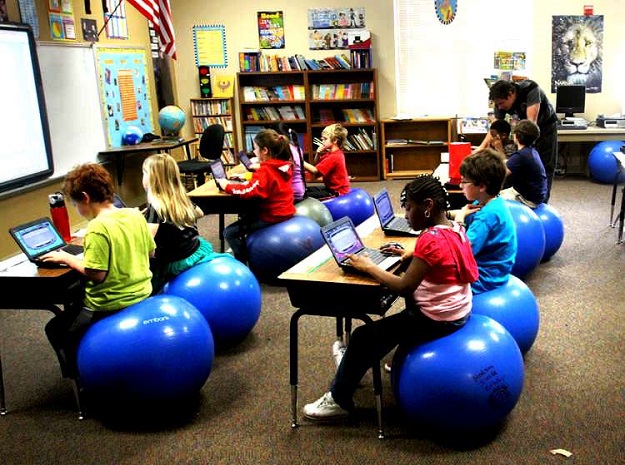
This year’s NMC Horizon Report stated that “new models of education are bringing unprecedented competition to traditional models of schooling.” In our modern era, it is now more important than ever to bring technology to the forefront of classrooms. Technology will not simply be replacing teachers; rather, teachers and technology will collaborate together in order to ameliorate schooling techniques and maximize students’ ultimate potential to learn. Here are some education trends that heavily involve a migration to digital world that we will be looking forward to seeing in the years ahead:
1. 3D printing

MakerBot Academy is moving forward with its plan to put a MakerBot Desktop 3D Printer in each school in America. MakerBot is raising money on its website to actualize this initiative. 3D printing would ameliorate hands-on classroom learning for many areas of academia: engineering and design students would print out prototypes for their ideas; young graphic designers could make 3D designs of their masterpieces; geography scholars could produce maps and models of different worldly regions; science students could print models of body parts for close analysis; while building a robot, electronic parts could be printed to produce robots. The educational possibilities here are endless.
2. Holograms in the classroom

Some applications of this tech would include taking virtual tours of laboratories and absorbing scientific knowledge through the lesson. Other science scholars can virtually dissect objects and animals.
3. Reevaluating academic standards by not teaching to the test
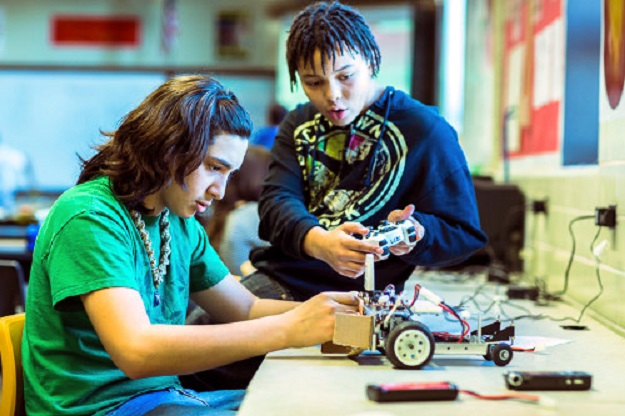
Our educational system needs to give students the opportunity to learn the concept, soak in the knowledge, and then apply it in a way that does not require teaching to the test through experiential learning. For example, when a robotics lesson is given in a science class, students should apply that understanding to the assignment of building your own robot instead of taking a written exam about how to make a robot.
4.MOOCs
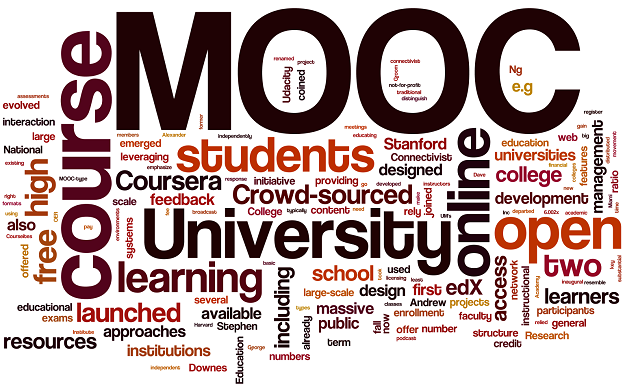
Massively open online courses (MOOCs) have gained renown over the last few years, and will continue to rise exponentially in popularity. Offered at the college level from universities like Harvard, MIT, Duke, and Yale, these courses teach a range of topics from computer skills to art history. In the future, people will use these platforms in the corporate world to train employees.
5. Open-sourced learning — Lesson sharing via social media

Teachers from around the world will upload lessons digitally to share with other teachers and distribute to students. Also, the sharing of e-textbooks will occur across the web.
6. BYOD – Bring your own device

Tablet integration in the classroom will become commonplace where students will be able to use their devices as learning tools. Students will have less to carry in their backpacks when using their devices to read digital textbooks and access their schoolwork in the most current way possible.
7. Improved ways to research

The Learning Resource Metadata Initiative (LRMI) will enable students to perform more in-depth research and find educational content to meet all academic needs. Scholars will stay on-trend with social media to remain informed in real-time about technology, educational, and scientific news that can be used as teaching tools in the classroom. Teachers will create malleable minds, aware of tech changes, and will allow students to be adaptable via many technology platforms.
8. Learning about data and assessment

These topics will help students understand consumer behavioral trends, making students readily identify their potential as creators rather than consumers. From a young age, minds will know how to evaluate digital content and analytics and learn how to respond to data. The Learning Resource Metadata Initiative (LRMI) will enable students to perform more in-depth research and find educational content to meet all academic needs. They will learn all OS systems, and know how to use mobile devices like Windows Phones, iPhones, Android devices, etcetera… Similarly, students will have extensive knowledge of operating systems like Mac and Windows.
9. Mindfulness of work
Students will be aware of the Internet dangers as they will be vigilant about their online social footprint. The youth will be cognizant of their work, and know once something is posted to the Internet, is will lurk there forever even if you delete the post.
10.Video technology learning
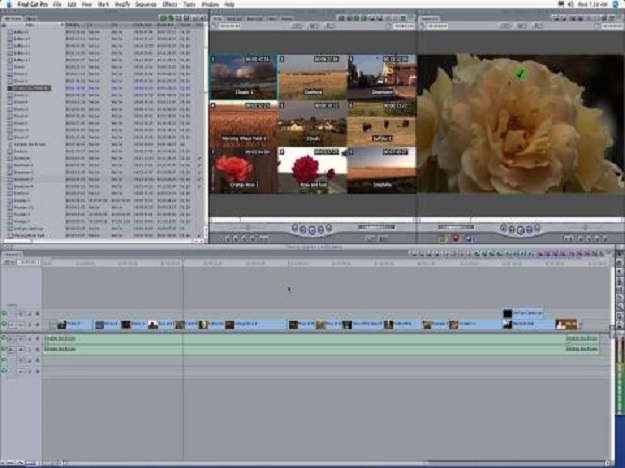
Students could make their own video diaries to document their work for long-term projects. Through this activity, the skill of video editing through iMovie or Final Cut Pro will be attained.
11. Scholars will develop web coding knowledge and learn about algorithms through tech-integrated lessons from a young age.
12. Students will know how to be web-savvy and tech-smart by being taught to use real-world programs for the office like PowerPoint, Dropbox, Google Drive, Photoshop, Word, etc. This skillset will enable students to be more prepared for the work force.
13. Pupils will learn app design
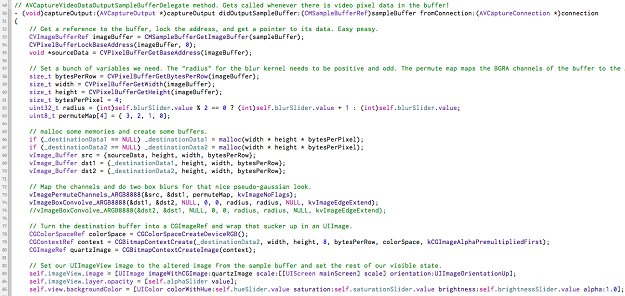
It would be wonderful if they also learned how to build computers.
14. Media classes

Instead of library class, students will have media immersion studies where they will learn from a digital media specialist. Students will learn proper use of social media; do you have a question for a well-renowned scientist? Tweet the scientist’s Twitter handle and await a timely response.
15. Cloud-based teaching
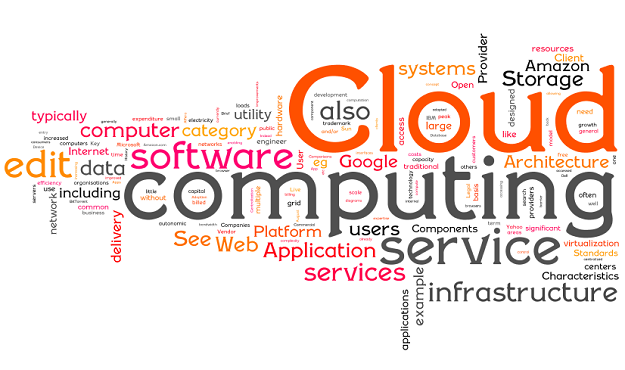
Students will learn how to adequately use cloud technology and apply it to their study habits and academia.
16. Using game theory to teach topics
This technique is used to engage learners as it relies on humans’ instinctive nature to compete and succeed. By using digital online games, students will be able to hone their skillset and practice difficult topics all while playing a game.
17. Flipped classroom theory
The flipped classroom technique would take some time to catch on as a reliable teaching practice. With this method, students can learn the lesson outside of the classroom via a video tutorial or studying a text, and then apply the learning to “homework” done in the classroom.
Advertisement





